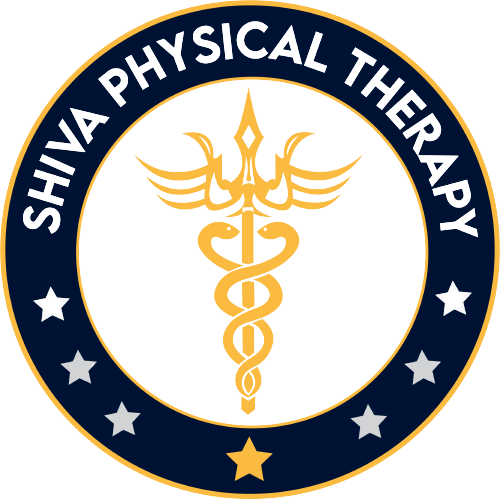Myofascial Decompression
Myofascial Decompression / Cupping Therapy
People have received myofascial decompression using cupping for thousands of years to ease back pain, neck pain, headaches, and other problems. Cupping therapy involves creating a suction force to pull blood into the skin and causes bruising. While research on the benefits of cupping is scarce, the treatment risks are low.

What is cupping?
Cupping is an ancient healing therapy that some people use to ease pain. A provider places cups on your back, arms, legs, or other body parts. Inside the cup, a vacuum or suction force pulls the skin upward.
How does cupping work?
Suction from cupping draws fluid into the treated area. This suction force expands and breaks open tiny blood vessels (capillaries) under the skin. Your body treats the cupping area like an injury. It sends more blood to the site to stimulate the natural healing process. Some people theorize that cupping clears the pores and releases toxins.
Mechanisms of cupping
The theoretical constructs surrounding the use of cupping differ significantly between Eastern and Western healthcare practitioners. Cupping in the Eastern, traditional Chinese, or Oriental medicine model is believed to address stagnant or blocked “Qi” that causes disease. In contrast, Western-based cupping (dry cupping) uses plastic, silicone, or glass cups with a vacuum seal to influence myofascial tissue physiology. In short, while symptomatic muscle has been shown to have decreased blood flow and increased lactate levels, myofascial cupping appears to temporarily exaggerate the condition to “kick-start” the physiologic changes necessary to “reset” the tissue. More lactate is produced by propagating the tissue’s hypoxic state, thereby increasing the acidity. In skeletal muscle, the added acidity has been shown to combat fatigue and stimulates nitric oxide release, resulting in improved microcirculation and blood flow via vasodilation. Importantly, Emerich and colleagues did not measure increases in lactate until 160 minutes following cupping treatment. Therefore, the metabolic changes were independent of short-term pain reduction following cupping, but they may facilitate more long-term improvements by altering the environment of the tissue. In this context, cupping may also help combat the physiology associated with myofascial trigger point formation by reversing the hypoxic environment mediating the energy crisis.
Risks and contraindictions
Cupping is considered a relatively safe intervention with very few documented adverse events, most involving minor and transient injuries caused by practitioner negligence and inappropriate duration of treatment. Common side effects of cupping include slight erythema, edema, ecchymosis, and hyperemia. While no cases have been documented. Cupping therapy is contraindicated for individuals with connective tissue disorders (e.g., Ehlers-Danlos syndrome), fracture, and malignancy; in addition, cupping should be avoided at the site of a hernia or deep vein thrombosis, during pregnancy, and at areas of skin damage or open wounds.
Functional Cupping Therapy
At Shiva Physical Therapy, we specialize in not just cupping, but we do something more critical called functional cupping. This treatment brings back the lost function in joints and decreases the pain. Most of our patients say that functional cupping is more effective than the traditional cupping they received before.
Cupping has been used for centuries among both Eastern and Western-based health care practitioners; however, cupping therapy is reemerging as a popular modality for chronic nonspecific neck pain, low back pain, shoulder pain, and knee osteoarthritis, and to increase pressure-pain thresholds and perhaps enhance athletic performance in professional athletes.

